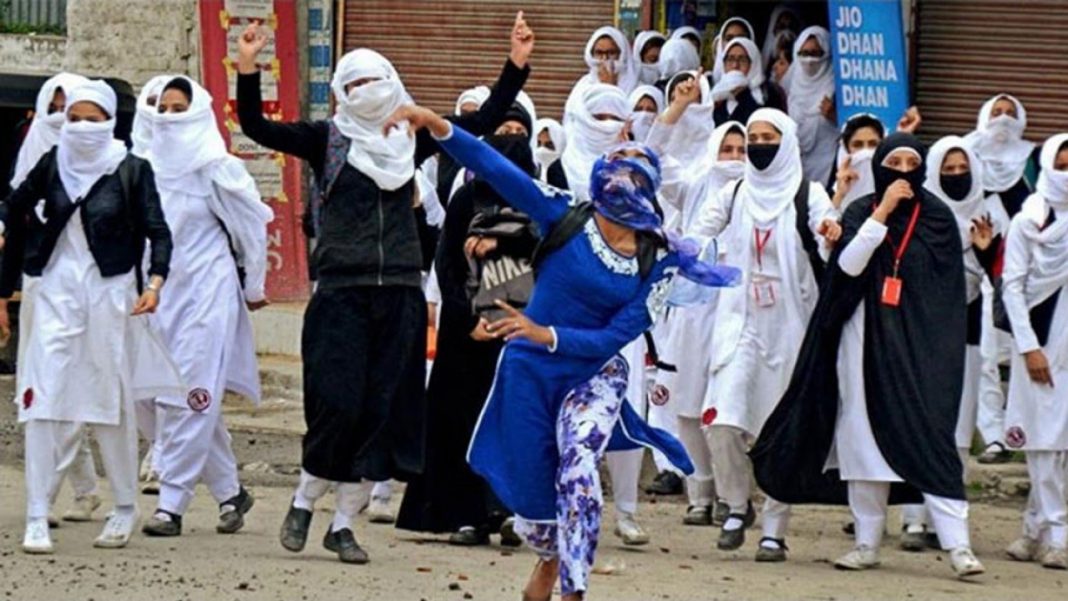Stone pelting has become the weapon of choice for separatists in the Indian state of Jammu & Kashmir (J&K). However, it must be noted that this tactic was actually first proposed for use in the Kashmir Valley (KV) by the late Hamid Gul, former Chief of Pakistan’s Inter-Services Intelligence (ISI), as part of Pakistan’s strategy of creating an ‘Intifada like’ situation in J&K. The first act was played out during the Amarnath land row of 2008 and was then subsequently replayed during the summers of 2010, 2012 and 2014. The killing of Hizbul Mujahideen (HM) poster boy, Burhan Wani, in 2016, gave separatists a new raison for yet again using this tactic for spawning unrest. The early months of 2017 also witnessed turbulence in KV as a result of stone pelting.
Looking to deflect international criticism for sponsoring terrorism in J&K, Pakistan has in recent years recalibrated its strategy towards keeping KV on the boil. As such, Pakistan has sought to convert a full-blown insurgency into a ’lower-grade’ state of unrest supported in the main by stone pelting. Obviously, it also wants to lower the costs to itself of keeping the ‘KV pot’ boiling. Moreover, this new strategy is also aimed at giving the impression that some sort of an indigenous uprising is underway in KV.
Pakistan and its agents inside KV seem to have used the promise of monetary remuneration to lure a significant chunk of disaffected youth into the act of pelting stones at security forces and damaging public property. Indeed, the local separatist leadership of KV has tried rather hard to make Pakistan’s new strategy a success. That the Pakistanis have transferred significant funds through Hawala channels to separatists for the specific agenda of keeping KV in a state of unrest via activities such as stone pelting, has been revealed by way of the statements made by some separatist leaders in Kashmir during a media sting operation.
Be that as it may, the new trend of stone pelting by students in KV as a subset of overall stone pelting activity is another matter of concern. Investigations show that separatists want to gain complete control over the system of education in KV so that ‘disturbances’ in this sector could be used for political mileage. This is ultimately aimed at reviving student unions in KV which were banned in the early 1990s for obvious reasons.
The most worrying factor with regard to the student protests that has come to light is that besides Pakistani funding channelized via separatists, some ‘mainstream’ actors are also sponsoring these protests to further their own political and economic agenda. Essentially, the Kashmir problem has led to the rise of a varied set of ‘stakeholders’, who like Pakistan, also have a vested interest in keeping KV in a perpetual state of instability.
Nevertheless, media revelations about foreign funding for fostering unrest and arson in KV have proved that Pakistan continues to be the lead actor in destabilizing Kashmir. Pakistan’s larger agenda relates to retarding J&K’s development even as it allows the Chinese to build connectivity projects via Pakistan Occupied Kashmir.
Sumit Kumar is a long time Kashmir watcher. The views expressed are his own.
© Delhi Defence Review. Reproducing this content in full without permission is prohibited.
































